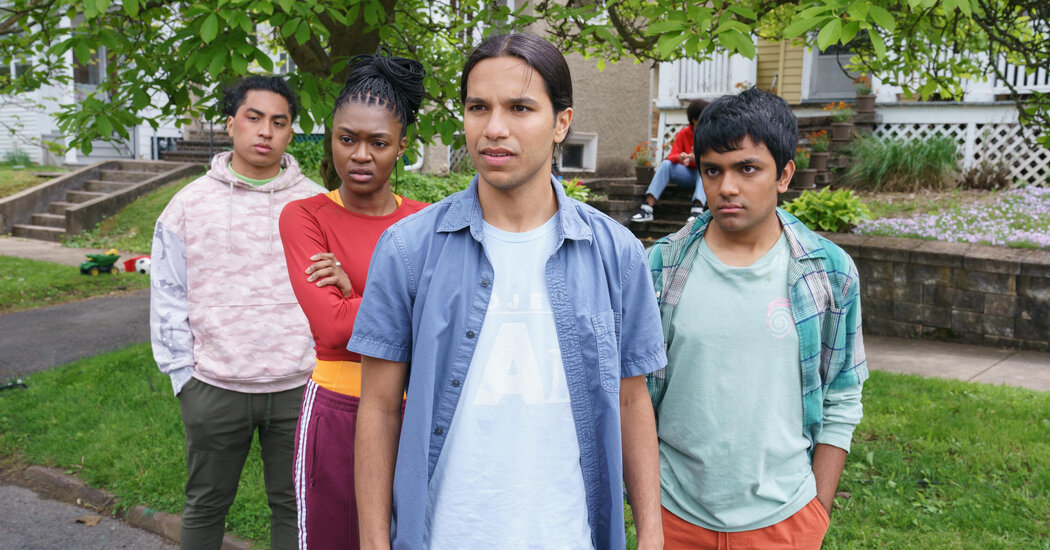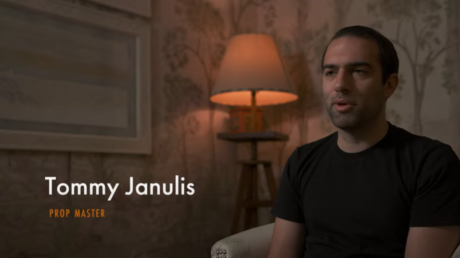The intersection of white supremacy and patriarchy holds Latinos, and men of color more generally, to impossible standards. To compensate for what toxic masculinity defines as a “real man,” men of color must be tough, unfeeling, violent, and unafraid of other men. According to today’s gender roles, Latino boys and men cannot like any hobbies that are soft, static, or feminine — instead, they should communicate their manliness through something like a contact sport. These ideas of what a Latino man should be are at the forefront of Miguel’s (Tyler Dean Flores) mind in the new Hulu film Miguel Wants to Fight.
In this sweet coming-of-age comedy, Miguel lives in a neighborhood where kids fight each other all the time. His story starts with a personal dilemma: The high school junior has managed to stay out of any physical altercations up until that moment. His friends, who aren’t shy about protecting themselves when the teenage aggression comes out, point out that it’s almost impossible to stay out of fights in their neighborhood and in their high school — it’s basically a rite of passage. When Miguel finds out that his parents want to move out of the neighborhood in a week so his mom — played by the amazing (and generally underused) Andrea Navedo — can take a brand new, better-paying job in Albany, the teen overhears his father (Raúl Castillo) declare that his son will do better in a new, more peaceful environment. Suddenly, Miguel becomes determined to get into a fight to show he is a part of his community.
To make matters worse, his dad owns and manages a boxing training gym, where his friend David (Christian Vunipola) comes to train and bond with Miguel’s father. While nobody says so, Miguel draws his own conclusions about his manhood and his future move to a more tranquil neighborhood, and he turns these pieces of information into the imperative that he must prove himself to his friends and to his father by getting into a fight. Through fighting, he believes he can simultaneously prove his loyalty to his friends before he moves and impress his dad — it’s pretty much the perfect plan.
The problem is that Miguel is simply not an aggressive person by nature, and he doesn’t even know how to start a fight. Throughout the film he tries to offend people or confront them, but he always fails. Sometimes, he accidentally befriends the person he is trying to fight; other times, he just runs away in fear or the fight doesn’t happen the way he planned it. Miguel struggles with the standards the world has forced on him, and the more he flounders, the less he feels like he belongs with his friends or family.
“It was refreshing to see a brown boy feel so obviously alienated by machismo culture.”
“Miguel Wants to Fight is a coming-of-age movie that takes the stereotypification of men of color as aggressive and questions it without stigmatizing men and boys who do like to fight.”
Gender & Sexuality: C
Regional Diversity: B
Language: A
Race: B
Stereotypes & Tropes: A
Was it Actually Good? B
This article was originally published on Refinery29 and was written by Nicole Froio.




